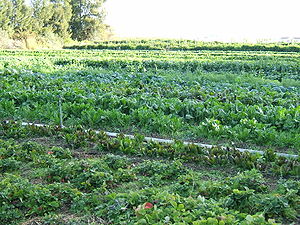The main reason why the government fixes minimum support prices or MSPs is to ensure remunerative prices to farmers to encourage higher investment and production of agricultural commodities.
Every year MSPs for major agricultural products are announced which are fixed after taking into account the recommendations of the Commission for Agricultural Costs and Prices (CACP).
The CACP while recommending MSPs takes into account factors such as
- cost of production,
- change in prices of inputs,
- demand and supply,
- market price trends
- cost of living among other factors.
Government organises Price Support Schemes as PSS of commodities through various public and cooperative agencies such as Food Corporation of India (FCI) , Cotton Corporation of India Ltd. (CCI) - , Jute Corporation of India Ltd. (JCI) -, National Agricultural Cooperative Marketing Federation of India Ltd. (NAFED) - and Tobacco Board for which the MSPs are fixed. For commodities not covered under PSS, the government arranges for market intervention on specific request from the States for a specific quantity at a mutually agreed price. The losses, if any, are borne by the Centre and State on a 50:50 basis.


